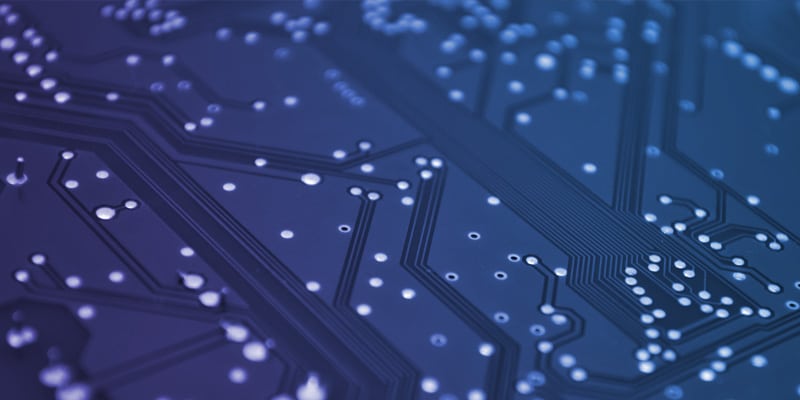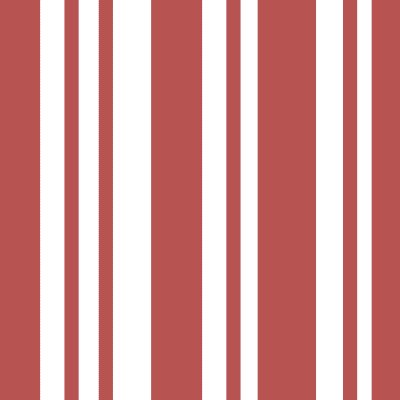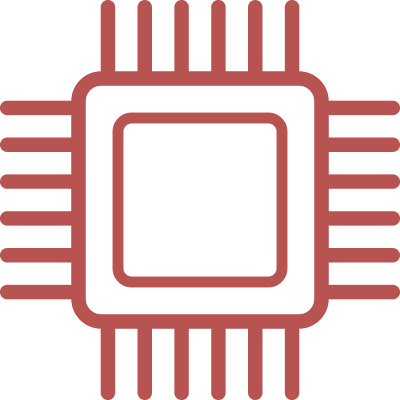The Value Creation of the Graphical Inventory as a Key Element of Operational BIM in Facility Management and Industrial Maintenance.

Inventory is a fundamental requirement for the financial records of companies. However, an inventory that often deals with collectively activated equipment does not record the exact location of the equipment, making it unsuitable for supporting operations, maintenance, or general facility management.
For facility management and industrial maintenance processes, it is necessary to clearly identify the exact locations of maintenance points using unique identifiers for the equipment and their key operational parameters. If this inventory is created following the correct guidelines, it can be fully valuable not only for operations but also for financial departments (and even other departments like IT).

Knowing the exact location of equipment enables maintenance workers to find them as quickly as possible, minimizing downtime and the time spent locating the equipment.
The clear identification of maintenance points using unique identifiers allows for the construction of controlled workflows. For instance, a maintenance worker can verify that they are about to start work on the correct machine by scanning its identifier before beginning the job. Additionally, the opening of a work order and the recording of the work can also be linked to this.
If unique identifiers that anyone can read with a smartphone or tablet (e.g., QR codes or NFC chips) are placed on the equipment, the error reporting process becomes extremely simple, as a web-based error reporting interface can be automatically brought up. This functionality is already supported by the ArchiFM system.
Recording and making available the key operational parameters of the equipment also serves to minimize downtime and the time required for maintenance work. For example, if a piece of equipment has attached photos taken when it was still being installed or during maintenance work when it was visible in an uncovered state, the maintenance worker can plan in advance what tools and materials will likely be needed for the job, and can even prepare during the trip by procuring these items from a warehouse or store.
If the condition of the equipment or rooms, such as the type of covering, is also recorded during the capture, then with this information in hand, renovation work can be quickly planned with accurate quantities. With fast tenders and precise specifications, not only can the construction costs be reduced, but their completion time as well. This allows the property to resume its function as quickly as possible.
Using unique identifiers on mobile equipment ensures that not only the current state is accurately captured, but tracking changes and movements also becomes very simple. Anyone with access to the Operational BIM model can easily track movements by reading the unique identifiers, meaning up-to-date information will always be available in a central registry. This digital twin is accessible to everyone, ensuring that interventions and maintenance work can be carried out with consistent quality, whether by a subcontractor or an employee.
Types, Advantages, and Disadvantages of Barcode Technologies

Barcode
The use of one-dimensional barcodes is the least recommended and almost obsolete technology. These may offer partial error protection, but in most cases, their readability is the most uncertain and cumbersome, often requiring specialized equipment (e.g., laser barcode scanners). The codes can be very short, or large barcodes might be created to ease readability, which can detract from the appearance of furniture and equipment.

QR Code
These two-dimensional barcodes are widely used today and are one of the most applicable unique identifiers. Every smartphone can read these with its camera, making them a broadly applicable technology. They are reliably and error-protected and can store long web links. This capability allows anyone to report an error for a room, object, or door without the need for special software or devices. ArchiFM has ready functionality to support this.
QR codes can be placed on anything, with many types that are resistant to chemical environments or can be used outdoors, even directly printed on the equipment. Numerous technologies are available, so anyone can find one that meets the specific requirements.
The disadvantage of QR codes is that they must be placed in visible locations, making them vulnerable to damage or tampering—such as when bored visitors move them from one device to another.

NFC Chips
RFID chips come in several types, such as those operating in the UHF and HF frequency bands. Both types work with small radio communication devices, smart labels, sensitive to metal surfaces, especially the proximity of iron.
NFC chips (operating in the HF frequency band) are the cheapest unique identifiers, which not only have a unique ID by default but can also store additional information. However, it is not advisable to rely on this function for current facility management or industrial maintenance processes, although such a need may arise in the future.
NFC chips can be read from 1-3 cm away, and many have a standard communication protocol that allows numerous mobile phones to read their contents directly. They can also store web addresses, making them suitable for simplified error reporting processes, though this technology is still quite modern and not yet widespread in practical use.
The downside is that they can only be read from very short distances, meaning they must be placed in visible locations, making them vulnerable to environmental and visitor impacts.

UHF RFID Chips
Perhaps the most modern and one of the best solutions for internal maintenance processes is the use of UHF RFID chips. Like QR codes, RFID chips can store long data chains, such as a web link, though reading UHF RFID chips requires a special reader. The cost of these is comparable to NFC chips, perhaps slightly more expensive, but they offer a significant advantage. They can typically be read from 30-60 cm away, and in many cases, even from meters away.
In operational support, where every piece of equipment needs to be uniquely identified (meaning you need to approach them), the use of UHF RFID chips is recommended. They ensure that the correct water or electricity meter is read, the appropriate equipment is maintained, or the right amount of time is spent cleaning a particular room during cleaning control.
Like all RFID chips, UHF RFID chips do not work when attached to metal surfaces. However, there are versions specifically designed for iron or metal surfaces, allowing them to be read from the side of the RFID chip. These models are noticeably more expensive than their simpler counterparts.
The 30-60 cm readability offers the advantage that in most cases, they can be hidden from view, so they are not visible and less likely to be tampered with by visitors. In some cases, they can even be built into, for example, gypsum walls to mark the exact position of important connections or hidden equipment.
Conclusion
The use of unique identifiers can bring significant value in operations, whether in facility or industrial maintenance. Choosing the right technology is less a financial question—since there aren’t significant cost differences among them—than a matter of defining the exact desired goal. Knowing this allows for making the right decision in time, which can provide an effective solution for supporting daily processes for decades.
The OrthoGraph system uniquely supports inventory processes graphically, creating a data source about the equipment and their identifiers for ArchiFM. Both OrthoGraph and ArchiFM support all these technologies, so the only task is to select the desired goal.
Recent Comments